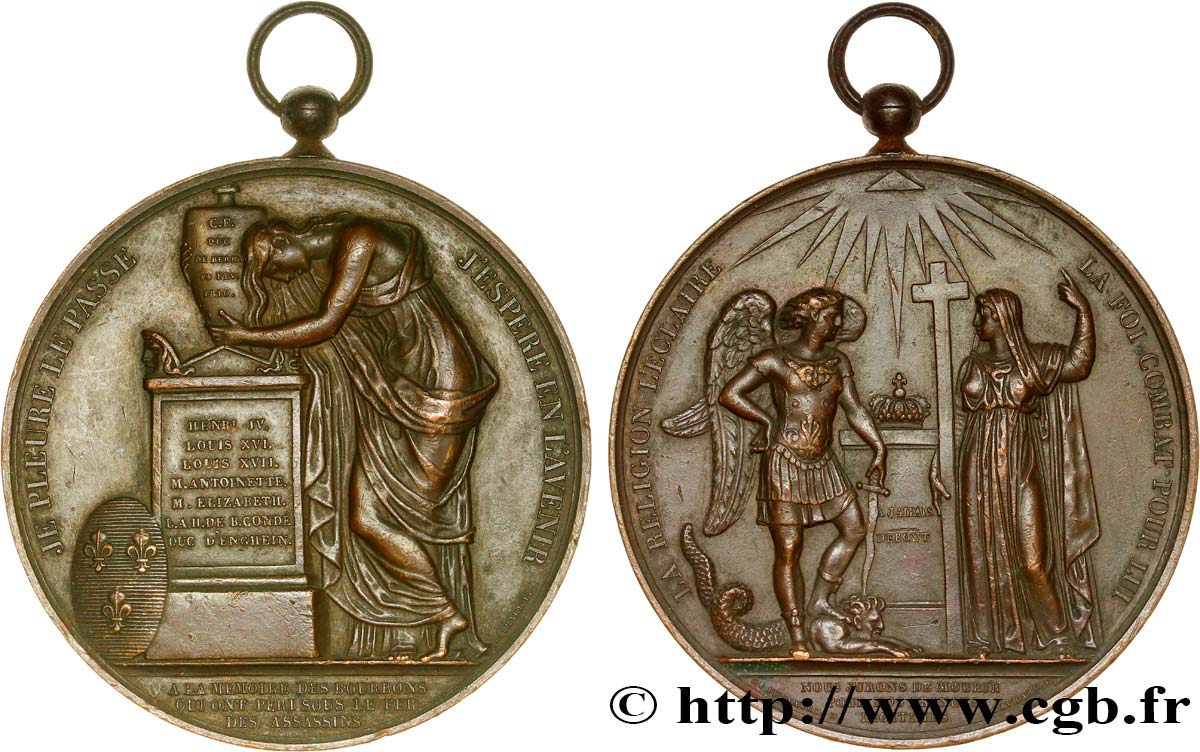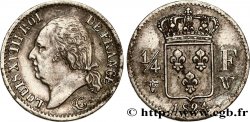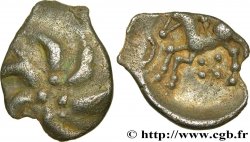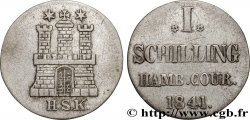You must signin and be an approved bidder to bid, LOGIN TO BID. Accounts are subject to approval and the approval process takes place within 48 hours. Do not wait until the day a sale closes to register. Clicking on "BID" constitutes acceptance of the terms of use of cgb.fr private live auctions.
Bids must be placed in whole Euro amounts only. The sale will start closing at the time stated on the item description; any bids received at the site after the closing time will not be executed. Transmission times may vary and bids could be rejected if you wait until the last second. For further information check the Live auction FAQ
All winning bids are subject to a 18% buyer’s fee.
All winning bids are subject to a 18% buyer’s fee.
| Estimate : | 100 € |
| Price : | no bid |
| Maximum bid : | no bid |
| End of the sale : | 31 January 2017 17:28:58 |
Type : Médaille, Hommage aux Bourbons
Date: 1820
Mint name / Town : 75 - Paris
Metal : bronze
Diameter : 56,5 mm
Orientation dies : 12 h.
Engraver GAYRARD Raymond (1777-1858)
Weight : 84 g.
Edge : lisse
Coments on the condition:
Belle médaille montée avec une bélière rajoutée. Patine sombre mais homogène
Obverse
Obverse legend : JE PLEURE LE PASSÉ - J’ESPÈRE EN L’AVENIR // A LA MÉMOIRE DES BOURBONS / QUI ONT PÉRI SOUS LE FER / DES ASSASSINS.
Obverse description : La Tristesse debout à gauche, inclinée sur une urne timbrée C.F./ DUC/ DE BERRY/ 14 FEV./ 1820 et posée sur un autel portant les noms HENRI IV./ LOUIS XVI./ LOUIS XVII./ M. ANTOINETTE./ M. ELIZABETH./ L.A.H. DE B. CONDE./ DUC D'ENGHIEN. ; à gauche l'écu aux trois fleurs de lis.
Reverse
Reverse legend : LA RELIGION L’ÉCLAIRE - LA FOI COMBAT POUR LUI // NOUS JURON DE MOURIR / POUR NOS PRINCES / LÉGITIMES.
Reverse description : Sous un delta rayonnant, l'archange Saint Michel debout à gauche, piétinant un dragon, l'épée à la main, devant un autel timbré A JAMAIS/ DEBOUT ; à droite la Religion, debout, tenant une grande croix et pointant du doigt le delta.
Commentary
Après la chute de Napoléon Ier en 1814, Louis XVIII est remis sur le trône. Mais la Première restauration prend fin en 1815 avec le retour de Napoléon et la période des Cent-Jours ; quelques mois plus tard, la Seconde Restauration voit Louis XVIII reprendre son trône après la seconde abdication de Napoléon.
Il règne jusqu'en 1824, date à laquelle il meurt sans héritier, laissant le trône à son frère Charles X.
Les Trois Glorieuses de juillet 1830 chassent Charles X : une autre branche des Bourbon, la Maison d'Orléans, monte sur le trône en la personne de Louis-Philippe Ier, descendant direct de Louis XIII.
La monarchie orléaniste, dite Monarchie de Juillet, dure jusqu'à la révolution de février 1848, qui vient chasser Louis-Philippe durant la période du Printemps des peuples. Les Bourbon cessent alors définitivement de régner sur la France : le comte de Chambord fils du duc de Berry, titré à sa naissance comte de Bordeaux, est ensuite le prétendant légitimiste au trône de France, qu'il revendique sous le nom de Henri V..
After the fall of Napoleon I in 1814, Louis XVIII was restored to the throne. But the First Restoration ended in 1815 with the return of Napoleon and the Hundred Days period; a few months later, the Second Restoration saw Louis XVIII regain his throne after Napoleon's second abdication. He reigned until 1824, when he died without an heir, leaving the throne to his brother Charles X. The Three Glorious Days of July 1830 ousted Charles X: another branch of the Bourbon family, the House of Orléans, ascended the throne in the person of Louis-Philippe I, a direct descendant of Louis XIII. The Orleanist monarchy, known as the July Monarchy, lasted until the February Revolution of 1848, which ousted Louis-Philippe during the Spring of Nations period. The Bourbons then definitively ceased to reign over France: the Count of Chambord, son of the Duke of Berry, titled Count of Bordeaux at birth, was then the legitimist pretender to the throne of France, which he claimed under the name of Henry V.
Il règne jusqu'en 1824, date à laquelle il meurt sans héritier, laissant le trône à son frère Charles X.
Les Trois Glorieuses de juillet 1830 chassent Charles X : une autre branche des Bourbon, la Maison d'Orléans, monte sur le trône en la personne de Louis-Philippe Ier, descendant direct de Louis XIII.
La monarchie orléaniste, dite Monarchie de Juillet, dure jusqu'à la révolution de février 1848, qui vient chasser Louis-Philippe durant la période du Printemps des peuples. Les Bourbon cessent alors définitivement de régner sur la France : le comte de Chambord fils du duc de Berry, titré à sa naissance comte de Bordeaux, est ensuite le prétendant légitimiste au trône de France, qu'il revendique sous le nom de Henri V..
After the fall of Napoleon I in 1814, Louis XVIII was restored to the throne. But the First Restoration ended in 1815 with the return of Napoleon and the Hundred Days period; a few months later, the Second Restoration saw Louis XVIII regain his throne after Napoleon's second abdication. He reigned until 1824, when he died without an heir, leaving the throne to his brother Charles X. The Three Glorious Days of July 1830 ousted Charles X: another branch of the Bourbon family, the House of Orléans, ascended the throne in the person of Louis-Philippe I, a direct descendant of Louis XIII. The Orleanist monarchy, known as the July Monarchy, lasted until the February Revolution of 1848, which ousted Louis-Philippe during the Spring of Nations period. The Bourbons then definitively ceased to reign over France: the Count of Chambord, son of the Duke of Berry, titled Count of Bordeaux at birth, was then the legitimist pretender to the throne of France, which he claimed under the name of Henry V.








 Report a mistake
Report a mistake Print the page
Print the page Share my selection
Share my selection Ask a question
Ask a question Consign / sell
Consign / sell
 Full data
Full data














